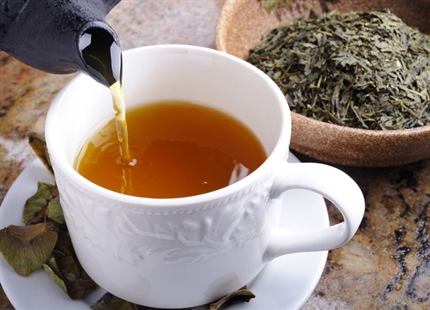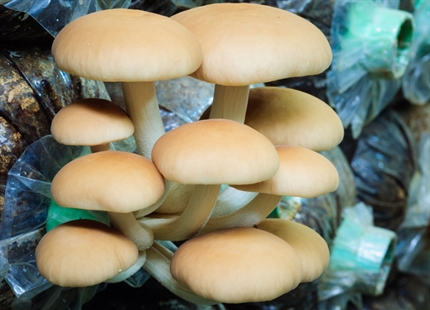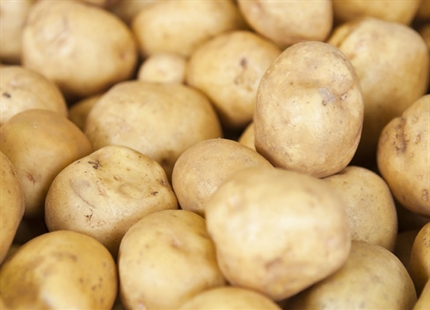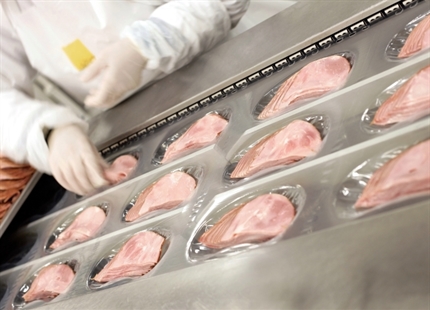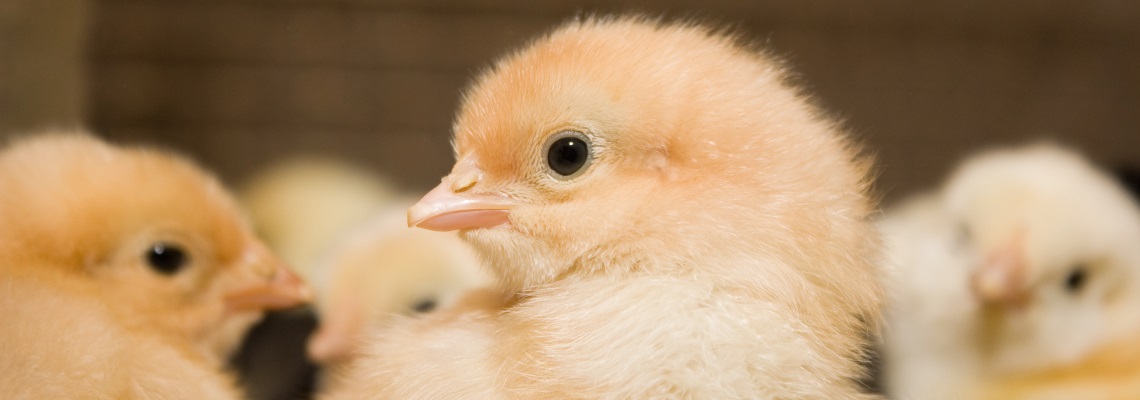
Humidification & humidity control for Egg Hatchery and Broiler Houses
Nature does a great job in maintaining the correct conditions in order to hatch an egg. But in the artificial environment of a commercial egg hatchery it becomes the job of the hatchery manager to ensure all conditions are as perfect as they can be in order to ensure maximum yield of quality chicks from each batch of eggs. Not only are temperature and air flow critical but humidity also plays a crucial part in whole process.
Chick hatchery humidity levels
Pre-incubation storage: up to seven days 70-80%RH to reduce the risk of dehydration
Pre-incubation storage: over seven days 80-88%RH to reduce the risk of dehydration
Early Incubation: 50-60%RH to prevent excessive moisture loss resulting in dehydrated albumen and damaged embryo
Growth: 50-60%RH to allow the air space to develop to the correct size allowing chick’s lungs to develop correctly after internal pipping
Development: 50-60%RH to prevent wet navel and red hocks
Hatching: 50-60%RH to prevent shell sticking to down
Chick Pen and Broiler House first three days after hatching: 70%RH to prevent chicks dehydrating in the first few days after hatching
Benefits of Condair humidification in poultry farming include:
- Extensive expertise around the world in many farming applications
- Comprehensive product range to precisely meet customers' requirements
- Ability to provide proven solutions for farming and agricultural processes
- Increased productivity with healthier birds
- Reduction in airborne dust
- Hygienic humidification systems with low operating costs proven in the industry
- Comprehensive service of expert advice, design, supply, installation, commissioning, maintenance and spares supply
Other industries where Condair delivers vital humidity control
Grocery stores and produce humidification
Proper humidification ensures that not only does food remain fresher for longer, but also that it is visually appealing. In ...
Read moreCheese curing humidification
When it comes to cheese curing applications, proper humidity control is crucial.
Read moreBakeries humidification
In bakeries, proper humidification has a profound influence on both product quality and the finished baked good.
Read moreTea production humidification
Prevents tea from losing moisture to the air.
Read moreCold storage humidification
Preventing weight loss and improving shelf-life of produce.
Read moreMushroom growing humidification
Provides optimal growing conditions and reduces Mushroom damage.
Read moreCrop storage humidification
Prevents degradation of crops and assists safe long term storage.
Read moreMeat industry humidification
Reducing weight loss during carcass chill down to less than 1%.
Read more



